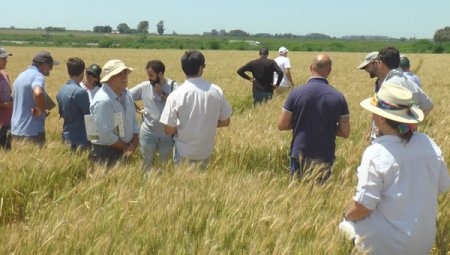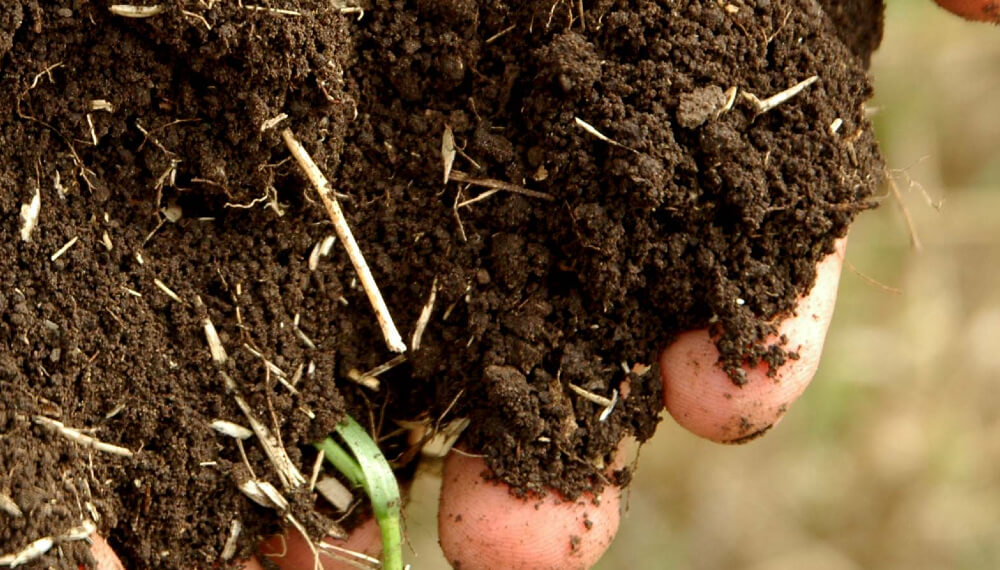Fertilize Civil Association presented results of the Network of Nutrition with Potassium, a project that began in 2018 and is also carried out in conjunction with INTA, Conicet, and the Faculties of Agricultural Sciences of the National University Entre Ríos and of Agrarian Sciences of Balcarce , with the support of the companies Uralkali, Nitron and Canpotex.
The entity explained that the potassium network was designed on the hypothesis of a significant decrease in potassium (K) levels in the country, information that was corroborated with the construction of the nutrient availability maps carried out in 2011 and 2018 .
Thus, the first trials were carried out in the 2019-2020 campaign in Corrientes and in the east of Entre Ríos in rice, corn, soybean and wheat crops.
See also Foliar fertilization, a strategic decision in the face of rising costs
“There was a significant response in 50% of the cases of corn, in 40% of soybeans and in 50% of wheat, that is to say that in that percentage of batches low potassium levels were registered and the application of this nutrient resulted in in significant responses ”, assured Juan Orcellet, from INTA Concepción del Uruguay, in charge of the Entre Ríos trials.
In numbers, the average maximum responses were 301 kilos per hectare for rice, 1,509 kilos for corn, 281 kilos for soybeans and 485 kilos for wheat.
With these tests it was possible to make “a preliminary calibration” of the exchangeable potassium analysis with the response of the cultures. “What this calibration shows us is that the yield varies as a function of potassium and we have a 90% relative yield in potassium values in the soil of 250 parts per million (ppm). That is to say, that below 250 ppm we would have responses greater than 10% in performance ”.
Regions
In tests carried out in other regions such as the center-east of Entre Ríos, Santa Fe and Buenos Aires, potassium levels had a lesser decrease and the deficiency is not yet as relevant. “But there are some trends in corn and soybeans already responding to applications that we must watch carefully.”
Likewise, in the response trials in southeastern Córdoba and in central and southeastern Buenos Aires, low potassium levels were not yet present, therefore regions without deficiencies or significant physical responses are considered to date.
“It is good to be able to anticipate what is going to come later, because the potassium deficiency is unfortunately going to come,” said the INTA 9 de Julio specialist, Luis Ventimiglia, who directed this trial in the province of Buenos Aires.
“That is why it is good to start generating information: when the problem comes we will know how to act,” he said.

–


